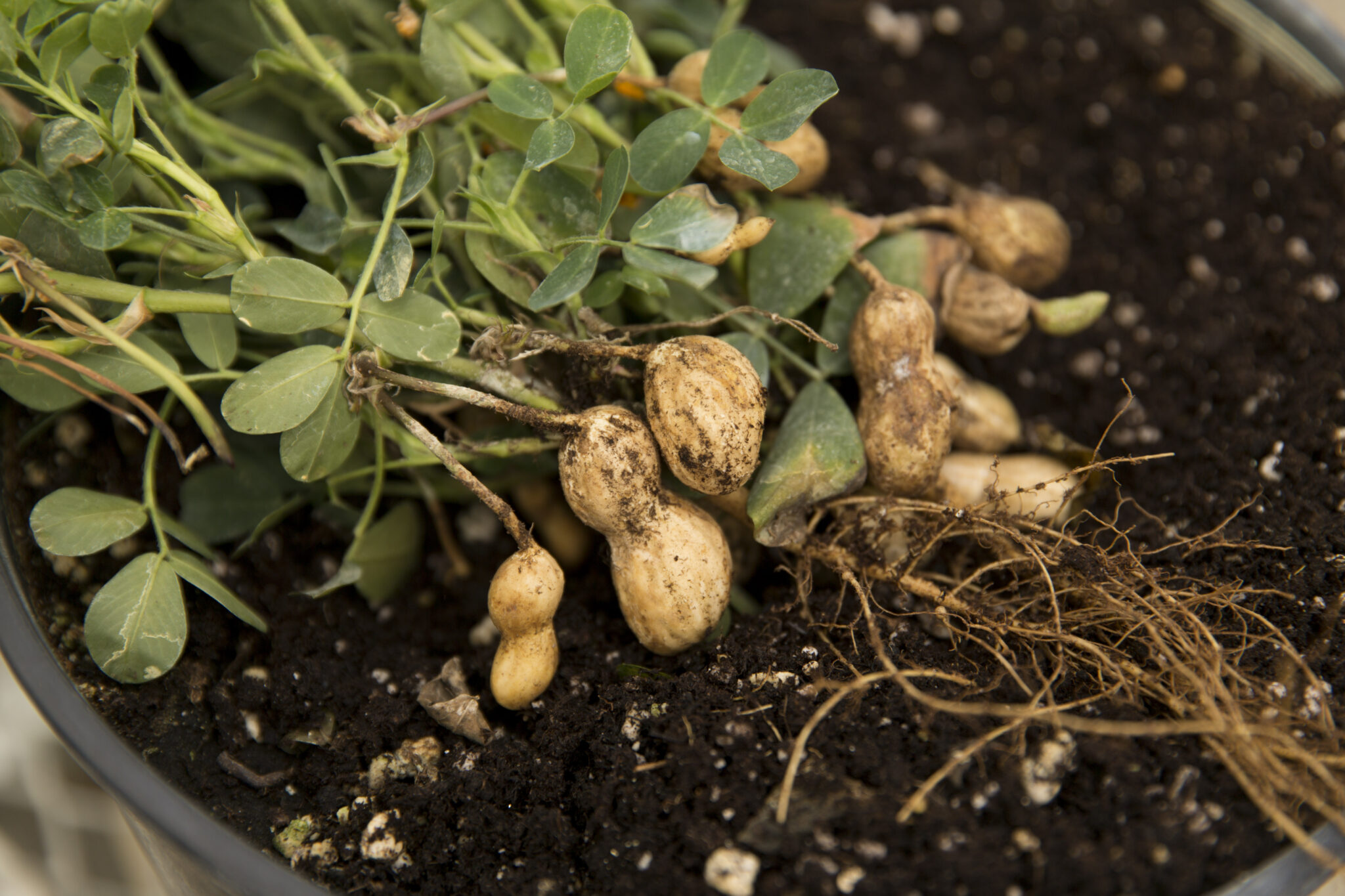University of Georgia
Whether the chicken or the egg or calf or piglet came first, the waste stream always comes next. And with the meat and milk demand growing worldwide, waste can be a problem. But a U.S. and Mexican research and teaching team is turning it into money.
University of Georgia engineering professor K.C. Das and Universidad Autonoma de Coahuila professor Nagamani Balagurusamy in Mexico are jointly developing a program to manage animal waste while producing fuel from the byproducts.
Their focus is the Laguna region in northern Mexico. A poor part of the country, the region is also an area where U.S. livestock companies are moving.
“The Mexican market is the primary need that will drive this growth” as they buy more meat, Das said. As the demand for meat rises, so does the demand for feed. And “we provide a lot of the feed from here.”
Besides UGA and UAC, partners in the research and education program include the Ecogenics Center for Study of Alternative Solutions in Tennessee, Universidad Autonoma de Nuevo Leon in Monterrey and Universidad Autonoma de Agraria Antonio Narro in Saltillo.
The scientists share technical information and train Mexican students. And they research solutions for animal waste problems that affect both countries through a grant from the U.S. Agency for International Development. The grant is administered by Higher Education for Development (HED Office).
The grant will also provide scholarships for 18 Mexican students and sponsor UGA-Mexico faculty exchanges over two years. And “it’s an opportunity to internationalize the student experience in our lab,” Das said.
The program’s goal is cost-effective waste management with benefits. It will help livestock farmers add to their income by producing biofuels.
The biofuels research will focus on algae and methane gas.
When livestock waste isn’t managed, too much nitrogen and phosphorous can end up in streams and rivers and cause fish kill and pest growth, including algae. In such cases, the algae signal a problem. But in a controlled environment, algae growth can be a good thing by removing nutrients from wastes and producing usable biomass.
Das and others at UGA are studying types of algae now and trying to find which will produce the most oil. In Mexico, their plan is to grow algae in the livestock waste, using two problems to come up with a moneymaking solution.
When livestock waste is put in a sealed container without any oxygen, bacteria will digest the waste and produce a gas, commonly called biogas, that contains 60 percent methane. This biogas is a renewable energy source. It’s used for cooking and heating.
“The methane in the biogas is combustible, the same as landfill gas,” Das said.
Das says this way of producing methane is old technology. But it’s a good time to employ such ways to use waste.
Worldwide, people are eating more animal products as their incomes increase, said Christopher Delgado in an International Food Policy Research Institute report. By 2020, developing countries will consume 63 percent of the world’s meat, up from 52 percent in 2003.
“From the beginning of the 1970s to the mid 1990s, consumption of meat in developing countries increased by 70 million metric tons,” he said. That almost triples the increase in developed countries.
Milk consumption had almost twice the increase in developing countries as in developed countries. This boom had a combined market value of $155 billion. And it’s not expected to slow.
“The growth of the livestock industry across our border has many implications for the U.S.,” said Dale Threadgill, who heads agricultural and biological engineering department in the UGA College of Agricultural and Environmental Sciences.
“We look forward to sharing and expanding our bioenergy expertise through this program,” he said, “and seeing this industry positively affect the economy and the environment.”






